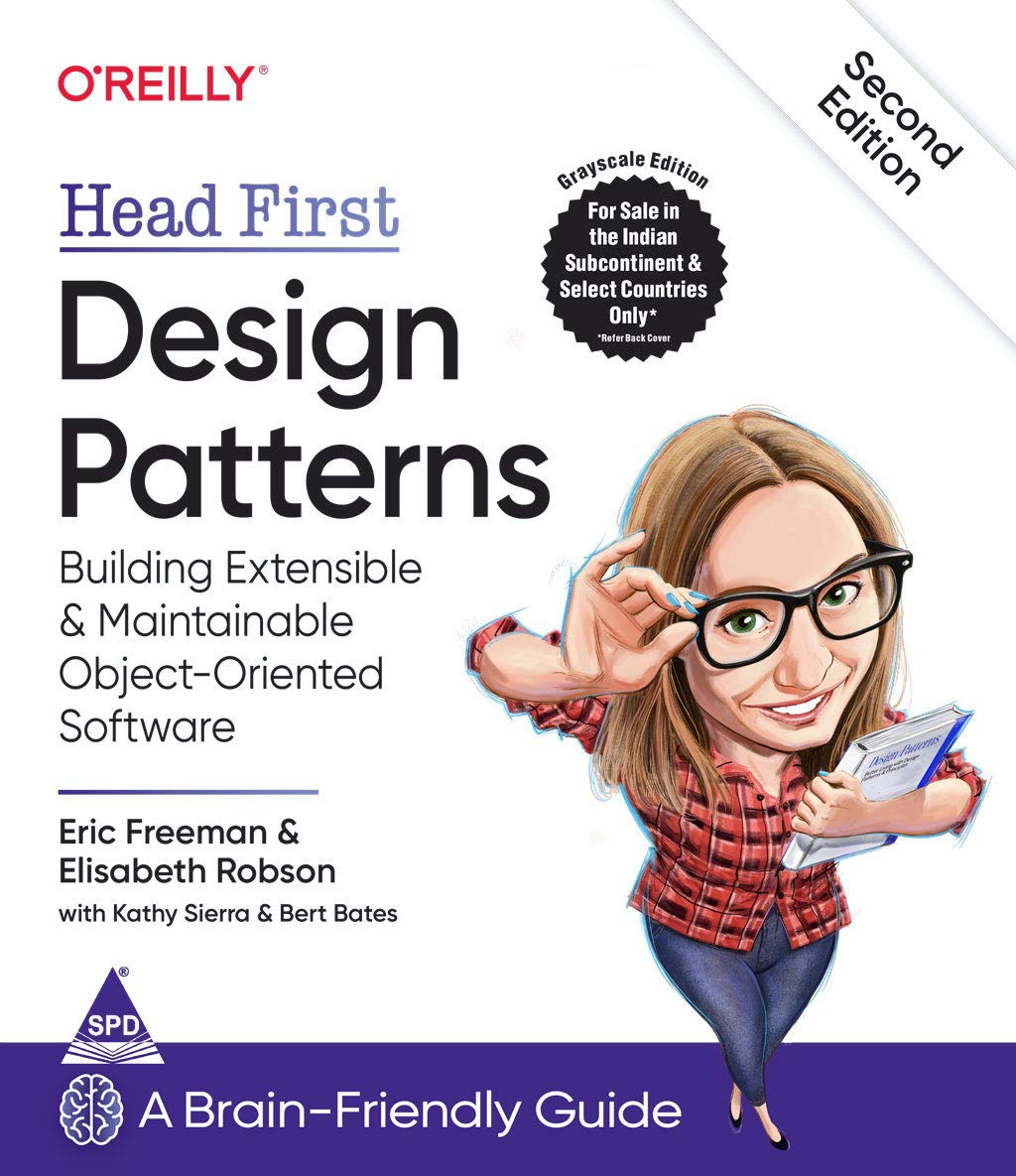✅ JSON Validator — Free Online JSON Syntax Checker | LangStop
Looking for the most accurate and developer-friendly JSON Validator online? Welcome to LangStop’s JSON Validator, a fast, intelligent, and secure tool that validates JSON in real-time and highlights every syntax error with precision.
Whether you're debugging API responses, validating request payloads, reviewing log data, or fixing broken configs — this validator gives you instant feedback, clear error messages, and perfectly formatted JSON output.
No downloads. No ads. No limits. Just paste → validate → fix.
🧩 What Is a JSON Validator?
A JSON Validator is a tool that checks whether your JSON (JavaScript Object Notation) is:
- syntactically correct
- properly structured
- free of missing commas, brackets, or quotes
- valid according to JSON standards
- parseable by applications, APIs, or servers
JSON validation ensures that your data can be safely used in:
- REST APIs
- Frontend/Backend Applications
- Databases
- Cloud Services
- Logging Pipelines
- Configuration Systems
- DevOps Workflows
Invalid JSON breaks systems — the validator ensures it never does.
🚀 Why Use LangStop’s JSON Validator?
LangStop was built for developers, API engineers, and DevOps teams who need reliability, accuracy, and speed.
⭐ 1. Instant Error Detection
Real-time validation highlights issues like:
- Unexpected tokens
- Trailing commas
- Unescaped strings
- Missing quotes
- Unclosed brackets
- Invalid number formats
Clear, human-friendly message:
“Error at line 4: Expected ',' after object property.”
⭐ 2. Fix Suggestions
Unlike basic tools, LangStop explains what went wrong and how to fix it.
⭐ 3. Pretty-Print & Format JSON
Automatically beautify/indent JSON for easy reading.
⭐ 4. Strict & Standard-Mode Validation
Choose between:
- Strict mode → follows official JSON specification
- Loose mode → allows common JSON-like patterns
⭐ 5. Client-Side, Secure & Private
Your JSON never leaves your device. Perfect for sensitive API keys, logs, business data, etc.
⭐ 6. Handles Large Files
Optimized for huge responses like server logs, API dumps, and BigQuery results.
🔍 What Problems Does JSON Validation Solve?
❌ API requests failing?
Validate payloads before sending.
❌ Unexpected server errors?
Check logs & responses for malformed JSON.
❌ Broken configs?
Fix invalid JSON in package.json, tsconfig.json, app settings, etc.
❌ Frontend errors?
Ensure JSON.parse won’t throw runtime exceptions.
❌ Integration issues?
Validate webhook payloads, database inserts, and cloud config exports.
🛠️ How to Use the JSON Validator
Super simple:
1️⃣ Paste or load your JSON
Use the left editor.
2️⃣ Get instant validation
Errors appear immediately with exact line numbers.
3️⃣ Fix issues
Follow the suggestions.
4️⃣ Copy or download clean JSON
Well-formatted, validated, and safe to use.
🧪 Example: Valid vs Invalid JSON
❌ Invalid JSON:
1{
2 "name": "Alice",
3 "age": 25,
4 "skills": ["js", "node",],
5}Errors:
- Trailing comma in array
- Trailing comma after last property
- Extra comma after object end
✔ Correct Valid JSON:
1{
2 "name": "Alice",
3 "age": 25,
4 "skills": ["js", "node"]
5}🔥 JSON Validator Features Compared to Competitors
| Feature | LangStop | JSONLint | CodeBeautify | JSONFormatter.org |
|---|---|---|---|---|
| Real-time validation | ✔ | ✖ | ✔ | ✔ |
| Detailed error hints | ✔ | ✖ | ✖ | ✔ |
| Strict & loose validation | ✔ | ✖ | ✖ | ✖ |
| Secure (client-side) | ✔ | ✖ | ✖ | ✔ |
| Fix suggestions | ✔ | ✖ | ✖ | ✖ |
| Modern UX (dark mode) | ✔ | ✖ | ✖ | ✖ |
| Large file support | ✔ | ✔ | ✔ | ✔ |
LangStop beats all competitors through accuracy, UX, and actionable intelligence.
🧠 JSON Validation Rules Explained
Our validator checks and enforces all official JSON rules:
✔ Objects
- Must begin with
{and end with} - Keys must be strings
- Keys must be unique
✔ Arrays
- Must begin with
[and end with] - No trailing commas
✔ Strings
- Must be wrapped in double quotes
- Must escape special characters
✔ Numbers
- No leading zeros
- No trailing decimals
✔ Booleans & Null
Allowed: true, false, null
🧰 Additional Features on LangStop (Developer Tools Suite)
LangStop offers a complete ecosystem of JSON utilities:
- JSON Formatter
- JSON Minifier
- JSON Diff
- JSON Fixer
- JSON to XML
- JSON to YAML
- String to JSON
- JSON to Code (Python, TypeScript, Go, Java, and more)
These tools are interconnected, meaning your validated JSON can be transformed instantly into other formats.
🔐 Privacy & Security
All validation is client-side using safe JavaScript parsing. Your JSON:
- is never uploaded
- never stored
- never logged
- never shared
Safe for enterprise use.
🧭 JSON Validator SEO Keyword Cluster
Primary Keyword:
- JSON Validator
Secondary Keywords:
- Online JSON validator
- JSON checker
- JSON syntax validator
- Validate JSON online
- JSON error checker
- Pretty JSON
- JSON formatter
Long-Tail Keywords:
- how to fix invalid JSON
- validate API response JSON
- JSON syntax error detection
- strict vs loose JSON validation
- best JSON validator online
- client-side JSON validator
- validate large JSON files
This content is optimized for informational + transactional search intent.
🏁 Final Thoughts
LangStop’s JSON Validator is the fastest, smartest, and most developer-friendly way to ensure your JSON is valid, clean, and ready for production.
Whether you're debugging an API, formatting a payload, or validating massive data structures, this tool delivers accuracy you can depend on — instantly, securely, and for free.
👉 Try the JSON Validator now — boost productivity, eliminate errors, ship faster.





